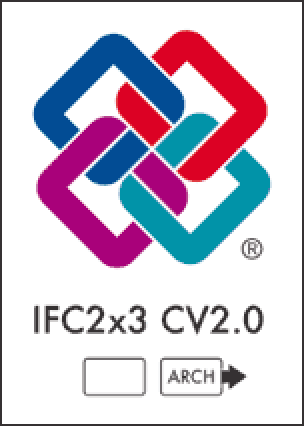

- Vectorworks symbol plus#
- Vectorworks symbol series#
Green: This is a page-based symbol definition that, at insertion, is scaled relative to the page size.
Vectorworks symbol plus#
If creating a blue symbol definition from geometry or from a plug-in object plus other geometry, keep in mind that the geometry follows the hybrid rules of symbol creation if the geometry needs to display in all views, it must also be converted to a hybrid symbol first. Any changes made to the symbol definition later have no effect on existing groups.
 Blue: When placed, this type of symbol definition is converted to a group. Save the plug-in object as a symbol definition, and at insertion, the parameters are set as you defined them when the red symbol was created.
Blue: When placed, this type of symbol definition is converted to a group. Save the plug-in object as a symbol definition, and at insertion, the parameters are set as you defined them when the red symbol was created. Vectorworks symbol series#
For example, you could insert a plug-in object such as a door, lighting instrument, or plant (Vectorworks Design Series required), and set its parameters exactly as needed for the project. Changes to a red symbol definition affect future instances, but not existing ones.Ī red symbol definition can only be created from an existing plug-in object in the drawing. The object parameters from the symbol definition are applied to the instance when it is placed into the drawing, but the parameters of the instance can be modified, with many variations of the same plug-in object in the file.
Red: When placed, this type of symbol definition is converted to a plug-in object. Any changes made to the symbol definition affect all instances of the symbol. The parameters of the symbol instances cannot be modified from the Object Info palette or the Attributes palette. Black: The object parameters from the symbol definition are applied to the instance when it is placed into the drawing this is the most common type of symbol. The category a symbol definition belongs to depends on the type of objects converted to a symbol definition and the options selected at symbol creation. These categories are color-coded within the Resource Manager and Resource Selector for identification. Special symbol definition categories indicate the symbol’s behavior at placement and after placement. Examples include plug-in objects like a door, wall, or lighting instrument, or a custom hybrid symbol you have created. For a hybrid symbol instance to display correctly in all views, it must contain at least one screen plane component and a layer plane component. A hybrid symbol definition consists of both 2D screen plane and 2D and/or 3D layer plane objects the placed symbol instance displays the correct component when in Top/Plan and when in a 3D view. After placement, the symbol instance displays in any view in Top/Plan view, 3D symbols appear flat. Examples include a sphere, an extrude, or a rectangle created on the layer plane. A 3D symbol definition consists of 2D and/or 3D objects that are created on a layer plane. After placement, the symbol instance exists on any plane (just like any other planar object), and displays in any view. Examples include text, a rectangle, an arrow, or a bitmap, placed on the screen plane. 
A 2D symbol definition consists entirely of 2D objects that are created on the screen plane.It may be helpful to review Concept: Objects in the screen plane and in the layer plane. You can also create your own symbols.Ī symbol definition can be created from one object or many objects. Vectorworks products provide thousands of symbols as part of the available content. When a symbol definition is placed into the drawing, a symbol instance is created (see Concept: Object instances, definitions, and styles). The objects are incorporated into a symbol definition, which is a resource that can be selected from the Resource Manager and Resource Selector. Symbols Concept: Vectorworks symbols What are symbols?







 0 kommentar(er)
0 kommentar(er)
